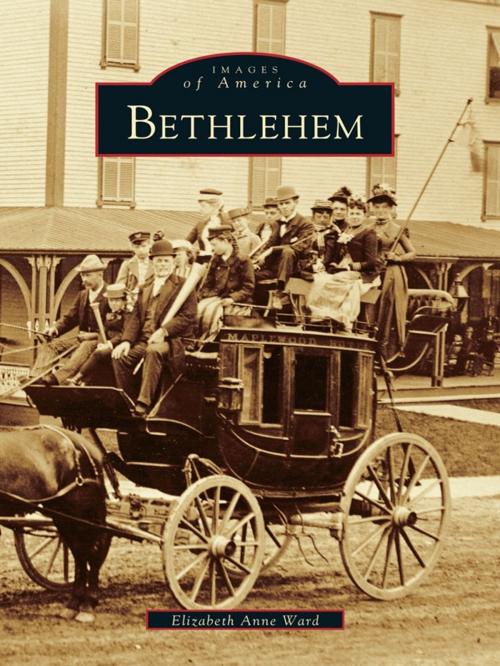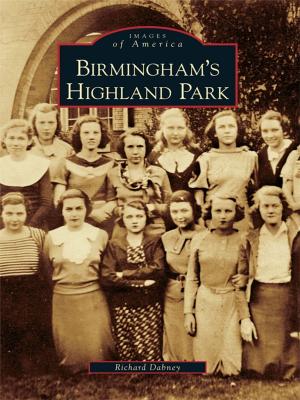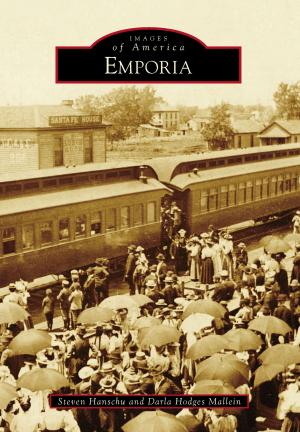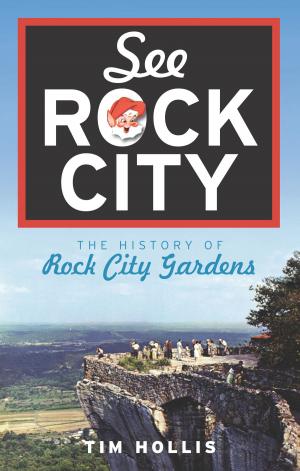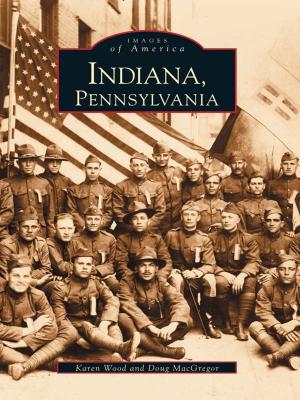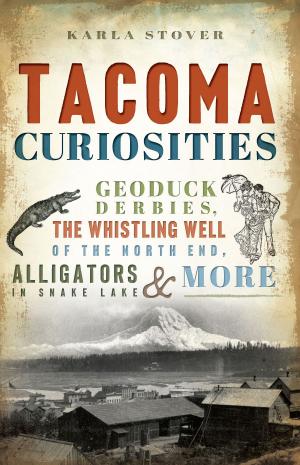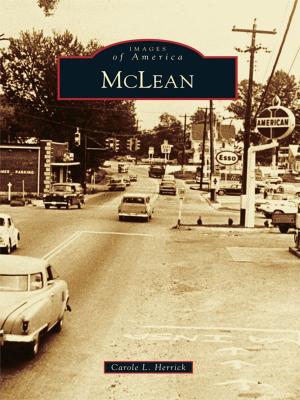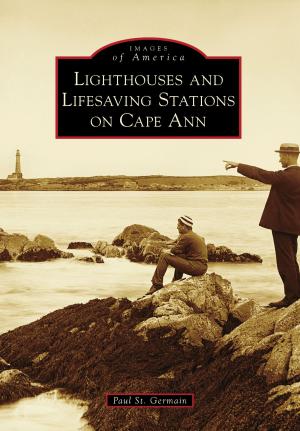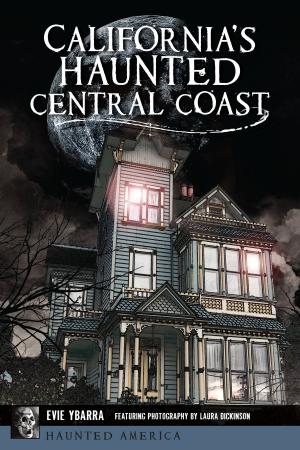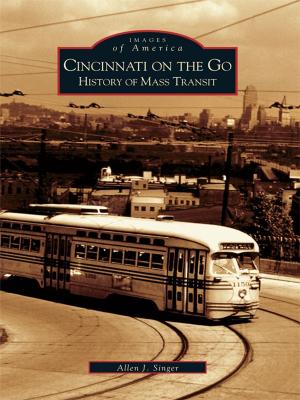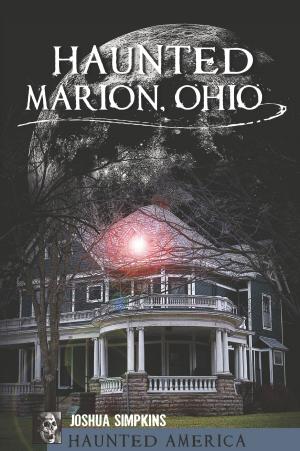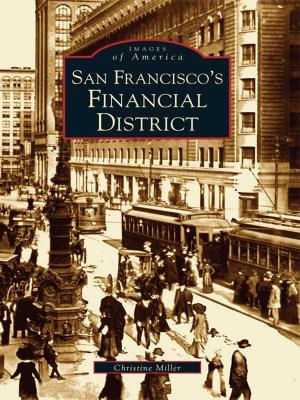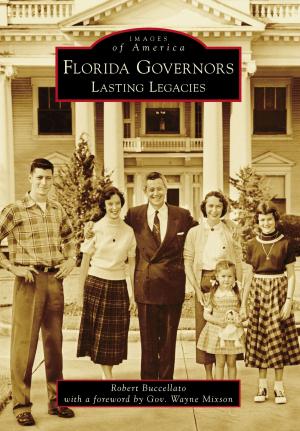| Author: | Elizabeth Anne Ward | ISBN: | 9781439610534 |
| Publisher: | Arcadia Publishing Inc. | Publication: | July 10, 2000 |
| Imprint: | Arcadia Publishing | Language: | English |
| Author: | Elizabeth Anne Ward |
| ISBN: | 9781439610534 |
| Publisher: | Arcadia Publishing Inc. |
| Publication: | July 10, 2000 |
| Imprint: | Arcadia Publishing |
| Language: | English |
One hundred years ago, the White Mountains were America�s favorite resort. Presidents, writers, artists, industrialists, and prominent individuals of all types came to stay in the grand hotels and enjoy the recreation and scenery. Bethlehem, New Hampshire, was in the center of all this activity. With more than thirty hotels and lodging places, the town became synonymous with summer leisure and relaxation. Visitors enjoyed golf, tennis, riding, scenic drives, balls and gala events, and lots of rocking chair time on the wide verandahs. Fresh, pollen-free air gave relief to those suffering from asthma and hay fever. P.T. Barnum called the annual coaching parades �the second greatest show on earth.� By the 1920s, the automobile and expanded travel opportunities to the West and to Europe were forcing the grand hotels into decline. Fortunately for Bethlehem, the New York Jewish community discovered the town. Bethlehem became an almost entirely Jewish resort and prospered as such until the 1970s. Even today, several hotels cater to a small Hassidic population, and the Bethlehem Hebrew congregation is a small but active year-round Jewish community. In recent years Bethlehem has undergone a rebirth of sorts, with the renovation of historical buildings, the formation of a heritage society, and the renewal of interest and pride in Bethlehem�s rich and colorful history.
One hundred years ago, the White Mountains were America�s favorite resort. Presidents, writers, artists, industrialists, and prominent individuals of all types came to stay in the grand hotels and enjoy the recreation and scenery. Bethlehem, New Hampshire, was in the center of all this activity. With more than thirty hotels and lodging places, the town became synonymous with summer leisure and relaxation. Visitors enjoyed golf, tennis, riding, scenic drives, balls and gala events, and lots of rocking chair time on the wide verandahs. Fresh, pollen-free air gave relief to those suffering from asthma and hay fever. P.T. Barnum called the annual coaching parades �the second greatest show on earth.� By the 1920s, the automobile and expanded travel opportunities to the West and to Europe were forcing the grand hotels into decline. Fortunately for Bethlehem, the New York Jewish community discovered the town. Bethlehem became an almost entirely Jewish resort and prospered as such until the 1970s. Even today, several hotels cater to a small Hassidic population, and the Bethlehem Hebrew congregation is a small but active year-round Jewish community. In recent years Bethlehem has undergone a rebirth of sorts, with the renovation of historical buildings, the formation of a heritage society, and the renewal of interest and pride in Bethlehem�s rich and colorful history.
